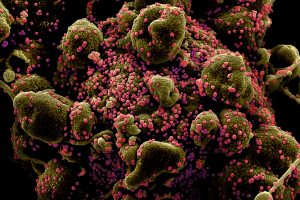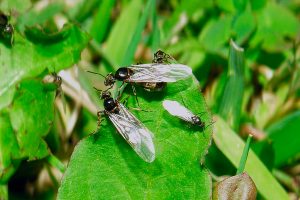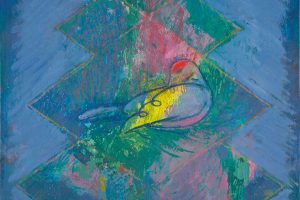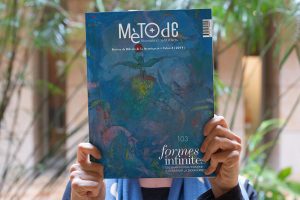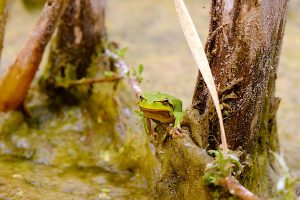Search
Some mammals experience a feeling of soft pain when tasting fruits with capsaicin. This mutation has survived with the evolution of mammals.
We need to rethink many aspects of our daily lives, of our values, of our economic and cultural practices; in short, of our coexistence with the rest of nature and, especially, of our respect for non-human animals.
The history of coronaviruses as human pathogens dates back to the mid-1960s, when they were first isolated from respiratory tract samples extracted from adults with symptoms of the common cold. Currently, seven types of coronavirus are known to infect humans.
Understanding what separates us from the rest of the animal kingdom is an old obsession of ours. The most frequent attribute we rely on to justify our supposed superiority is intelligence. Yet, how are we to compare the intelligence of species as different as humans, octopi or dolphins?
Alberto Tinaut, biologist specialised in the study of ants, explains the secrets of these winged insects.
The contents of issue 103 of Mètode are devoted to the evolutionary scenarios to decode biodiversity.
Exploring the diversity of ways in which different organisms cope with it can lend us novel insights on the biodiversity that surrounds us.
The fourth volume of 2019 explores the crossroads between current biodiversity and evolution on Earth.
The evolution of antibiotic resistance is probably the most spectacular example of evolution of a biological system innovation that we have had the opportunity to observe in real time.
Three decades after the Chernobyl accident, the biodiversity of the area has completely recovered. The mechanisms that allow organisms to live in this area are still the subject of study and controversy.


